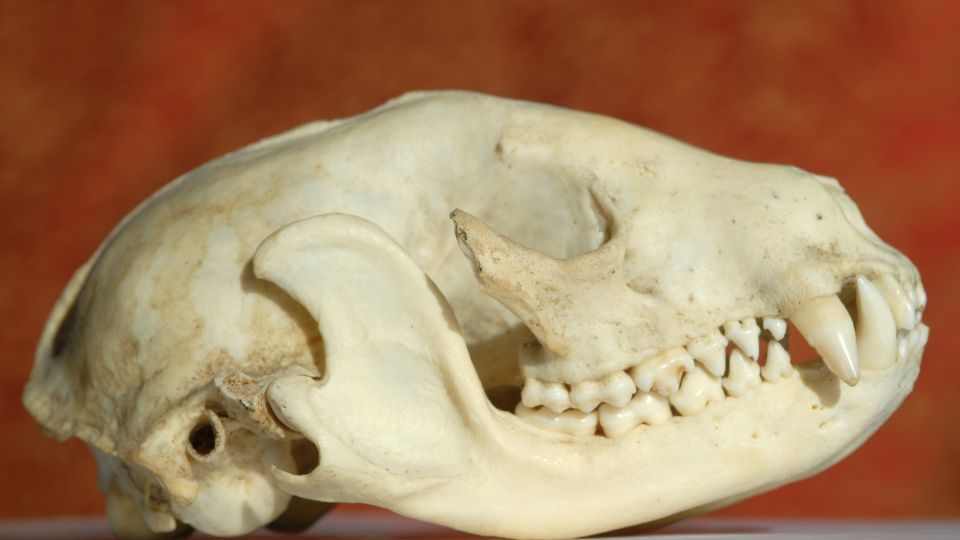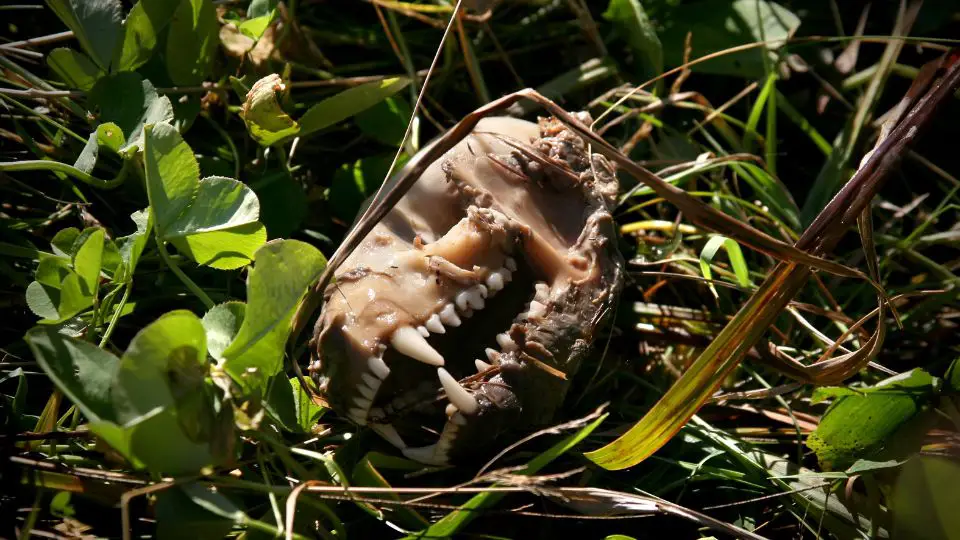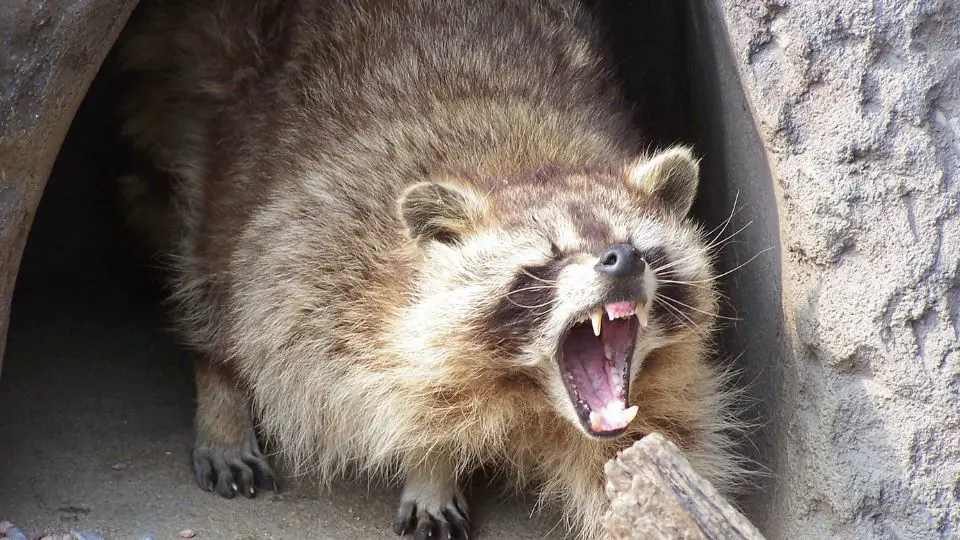Raccoon skulls can be identified when compared to other animal skulls by their lack of a sagittal crest. Raccoons are forward-facing mammals, unlike some animals that have side-eye placement. This results in eye sockets on the front of the skull. Overall, raccoon skulls are broad, short, and wide.
Table of Contents
How do you identify a raccoon skull?
A raccoon’s skull is thick, round, and heavy. The facial region of a raccoon’s skull is short and wide. Raccoons are part of the Canidae family, and their scientific name is Procyon lotor.
Raccoons can be found across North America and the northern regions of South America. North American raccoons are the most common and most well-known type of raccoon.
Unlike most canid skulls, raccoon skulls have a hard palate that extends beyond their molars. A sagittal crest is a visible ridge on top of the skull. Raccoon skulls usually don’t have a sagittal crest, but they could develop one over their lifetime.
Even if a raccoon skull has a sagittal crest, it is weakly developed. This is also the case with coyote skulls. In both raccoon and coyote skulls, the sagittal crest is not as pronounced as it is on some other animals.
Raccoons have short rostrums compared to other canids and do not have alisphenoid canals. The nasal bones on raccoon skulls are short and broad.

Raccoon skulls have a large brain case, known as the cranium. Their cranium is larger than the facial length of their skull. Raccoons have eye sockets that face forward like predator eyes.
Other animals with forward-facing eyes include cats, monkeys, and owls. Human skulls and dog skulls also have front-facing eye sockets.
The mouth and teeth on the raccoon skull can be helpful when identifying the skull. The amount of teeth a skull has is a clue for what animal it is. Raccoons have forty teeth. Their teeth adapt to an omnivore’s diet, so their molars aren’t shearing like other canines.
Raccoons have sharp teeth in front and flattened teeth in the back of their mouth. Similar to bears, raccoons have low-crowned molars designed for crushing rather than cutting.
The auditory bulla on a raccoon skull is larger than that found on an opossum skull. Compared to a fox skull, a raccoon’s nose is shorter and wider.
How big is a raccoon skull?
A typical adult raccoon skull measures 4 ¼ to 5 inches in length and about 2 ¾ inches in width. Adult male skulls can be about 3 to 5 inches long and about 2 to 4 inches wide.
Adult female skulls can be about 3 to 4 ½ inches long and 2 to 3 inches wide. Male raccoons are generally larger than female raccoons. Male raccoons have 207 bones, while female raccoons have 206 bones.

How do you clean a raccoon skull?
When handling carcasses and animal bones, always wear gloves and protective gear. Scrape out flesh, blood, and brain matter from the skull to expose all the natural bones. Rinse the skull using the spinal opening.
As animals decompose, their bones can discolor. This discoloring results in a yellow and brown color. To begin the process of removing this discoloring, soak the skull in soapy water.
Warm water is best, but not boiling water. Boiling water will cause damage to the bones. When the water is cloudy and dirty, drain the skull to avoid losing small bones.
Continue soaking the skull in soapy water until most of the grease has been removed. Don’t remove all the grease, as this can make the skull brittle.
This process of removing grease can take weeks to months, depending on how dirty the skull is. The next step is to now whiten the skull. To do so:
- Soak the skull in hydrogen peroxide.
- Leave the skull in the peroxide for a day or two.
- After removing the skull, let it air dry for several hours.
During the process of cleaning a raccoon skull, several teeth will most likely fall out. Use glue to reattach the teeth or other small bones. People clean skeletons for taxidermy, which is preserving animal bodies for decoration or study.
The real bones of a raccoon skull or other parts of a raccoon skeleton can be purchased online. Replicas of a raccoon skull can also be bought. The sizes of purchased skulls will differ.

Why do raccoons have curved backs?
Their spine is typical to other mammals and is not the cause of their hunched back. Raccoons have:
- seven lumbar vertebrae
- ribs extending from their thoracic vertebrae
- tall, flat spine
Raccoons have curved backs because their hind legs are longer than their front legs. This gives them a hunched appearance.

